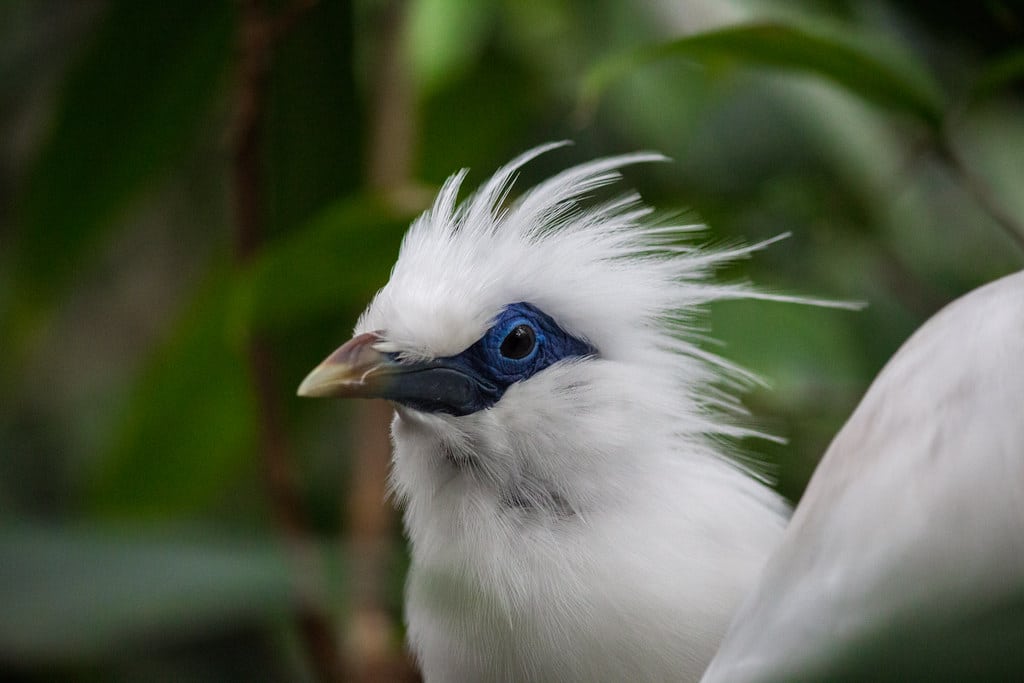Wondering what went right this week in the conservation world? We’ve got you covered with our Conservation Optimism Round-Up! We are collating stories of optimism from around the globe so that you never miss your dose of weekly motivation.
1. In it for the long haul: Transforming the crocodile from villain to hero
” 15 years later, it is quite a different story. The Mabuwaya Foundation, a name which means ‘long live the crocodile’, has been working in Isabela Province for 20 years to improve the public image of the crocodile, educate people about its protection, and stop the killings.”
How can you change the image of a species from a villain to a hero?@mabuwaya has been championing the Philippine crocodile for 15 years, and recently a phone call showed them just how far they've come...https://t.co/bs3qdQrdN0 #ConservationOptimism
— Synchronicity Earth (@SynchEarth) November 22, 2023
2. In a Major Conservation Move, Australia Triples Size of Macquarie Island Marine Park
Australia massively expanded the marine park around Macquarie Island, providing the highest-level protection for subantarctic sea life across an area bigger than Germany and making the Macquarie Island Marine Park one of the largest fully protected ocean sanctuary zones in the world.
Australia’s Government have truly given a cause for 💙 #ConservationOptimism by tripling #MacquarieIsland #MarinePark in size!#BiodiversityHotspot #30x30
— Question Mark (@markday331) November 21, 2023
@unesco553 @HACoalition
@tanya_plibersek @pewtrusts
https://t.co/tazYrh7AoZ
3. How LIFE pulled one of Europe’s rarest birds back from extinction
” The Azores bullfinch is surely one of Europe’s greatest survivors. For nearly 30 years, a total of six LIFE projects dedicated to this remarkable bird have brought it back from the edge of extinction. ”
Thanks to #conservation initiatives to restore #native habitat in #Portugal, the #endangered #Azores #Bullfinch is stable, with more than 1,300 individuals up from only 100 when efforts were initiated in 1994! #conservationoptimism #LetNatureThrive https://t.co/L6wmsQ1Scb
— Global Conservation Solutions (@_GCS_) November 21, 2023
4. Colombia creates biodiversity fund aiming to manage nearly $1 billion USD.
Colombia’s government has launched a new Fund for Life and Biodiversity to help protect ecosystems in the country, the environment ministry said on Thursday, adding that it will manage close to $1 billion by 2026.
Positive news for #biodiversity! 🌿
— ipbes (@IPBES) November 21, 2023
"Colombia's Government 🇨🇴 launched new Fund for Life & Biodiversity to help protect ecosystems, it will manage close to $1 billion by 2026."
🗞️@Reuters #ConservationOptimism
📷Colombia creates biodiversity fund aiming to manage nearly $1 bln pic.twitter.com/CmzwdtmhRu
5. Hope endangered corncrake can be saved as numbers increase in Scotland
The number of corncrakes serenading Scotland with their strange summer calls has increased for the first time in five years, giving hope that this secretive bird can be saved from extinction in Britain.
Thanks to #conservation efforts to restore their #native habitat, #Corncrakes have increased in #Scotland for the first time in five years with 870 calling males identified, up from 828 in 2022!#speciesrecovery #conservationoptimism #LetNatureThrive https://t.co/YGmwmbgBrg
— Global Conservation Solutions (@_GCS_) November 19, 2023
6. From fairways to green sanctuaries: the effort to rewild abandoned golf courses
Abandoned golf courses are being reclaimed by nature, breathing new life into spaces that were once dedicated to a sport known for its ecological footprint.
My news to me good news for Nov 17 - rewilding golf courses! #EarthOptimism https://t.co/SQj3DPsUXQ
— Dr. Nancy Knowlton (@SeaCitizens) November 17, 2023
7. The road to recovery: conservation management for the Critically Endangered Bali myna shows signs of success
Decades of conservation breeding, release of birds and post-release management at Bali Barat National Park have, until recently, failed to secure a viable wild population. However, over the past decade, population increases, expansion into new areas of the National Park and beyond, and successful breeding in both artificial and natural nest sites have occurred.
Out now! After decades of unsuccessful conservation efforts for the Critically Endangered Bali myna, Squires et al. show that its population is increasing, its area of occupancy is expanding and that the free-living population is successfully breeding 🪺 https://t.co/nXuzvbxKTr pic.twitter.com/5DzJtUr2II
— Oryx (@OryxTheJournal) November 22, 2023
Have a story to share for our weekly round-up? Use #ConservationOptimism on Twitter, Facebook, LinkedIn and Instagram!


